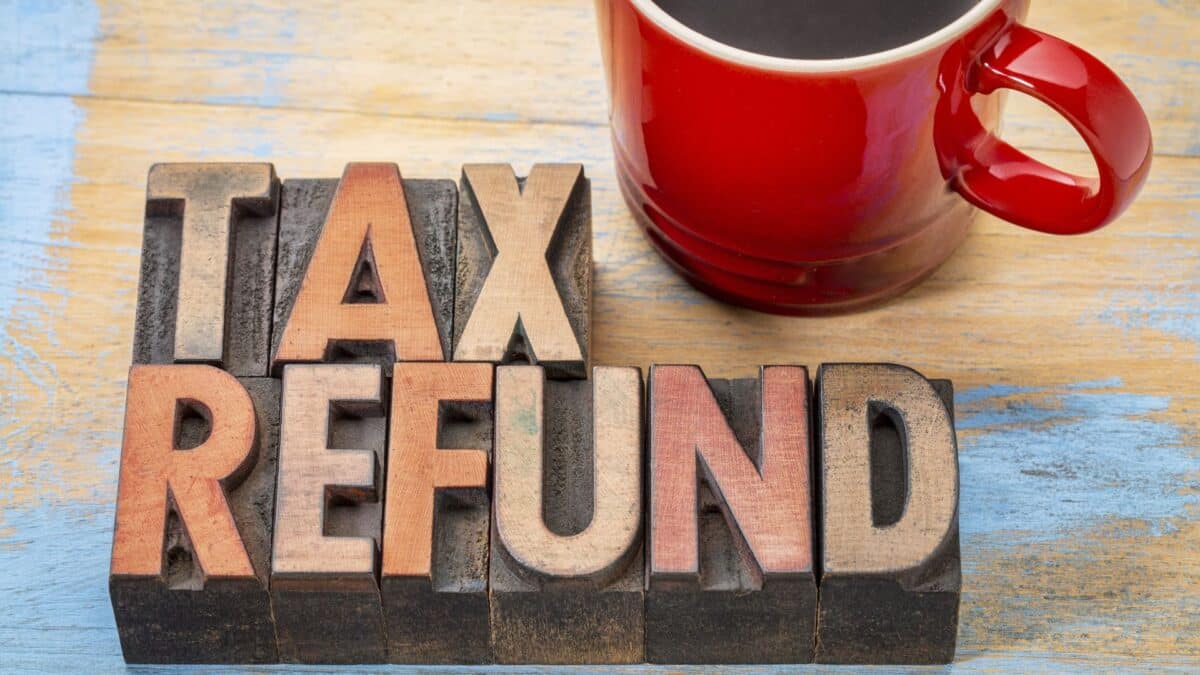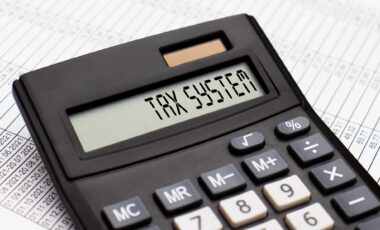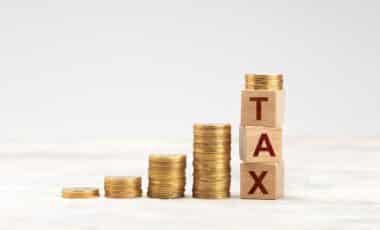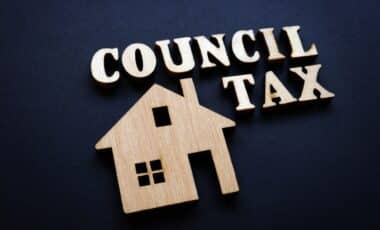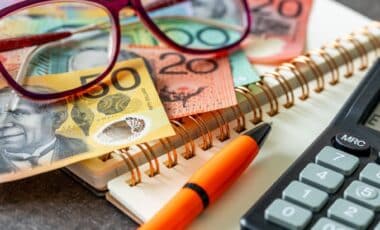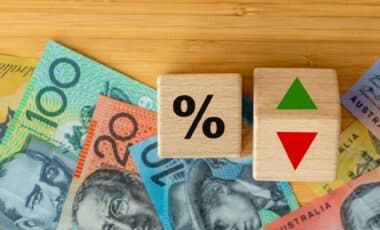As the end of the financial year approaches, more than 10 million Australians are expecting a tax refund from the Australian Taxation Office (ATO), with the average person anticipating a refund of $1,519. This windfall comes at a time when many households are grappling with the high cost of living, making it a crucial financial relief for a large portion of the population. While most Aussies are eager to use their refunds to help cover essential expenses, others have different plans for the extra funds.
The ability to lodge tax returns opens on July 1, and Australians are preparing for what could be a welcome financial boost. However, with many people still struggling financially, experts stress the importance of using tax refunds wisely and ensuring that the funds are allocated where they are needed most.
The Impact of the Cost of Living on Tax Refund Use
With inflation and rising living expenses affecting budgets across the country, Australians are prioritizing practical uses for their tax refunds. According to research by Finder, over half of taxpayers, or 52%, plan to put it into savings. This trend reflects a desire to increase financial security as many people face ongoing pressure from high interest rates and everyday costs like groceries, rent, and utilities.
For many households, the tax refund acts as a form of forced saving, allowing individuals to rebuild their savings accounts that have been depleted in recent years. Finder’s Head of Consumer Research, Graham Cooke, noted that many people have had to dip into their emergency savings just to cover essential bills, and a tax refund provides the much-needed financial cushion.
Tax Refunds as a Lifeline for Household Bills
Apart from savings, a significant portion of Australians will use their tax refund to pay down household bills. Around 19% of taxpayers plan to use their refunds for this purpose. These funds could help ease the burden of mounting bills such as electricity, gas, and rent, which have become particularly challenging for households during these tough economic times.
With many families finding it increasingly difficult to make ends meet, a tax refund offers an opportunity to clear some of these financial obligations. Cooke emphasized that for many households, a tax refund provides some relief from the mounting pressure of daily expenses, especially for those already living paycheck to paycheck.
ATO $1,519 cash boost heading for Aussies in weeks: ‘Tax-time windfall’ https://t.co/CJStFSXGzc
— Yahoo Finance Australia (@YahooFinanceAU) June 24, 2025
The Minor Luxuries: Travel, Shopping, and Debt Repayment
While the majority of Australians plan to use their tax refunds for essential purposes like savings and bills, a smaller segment of the population intends to indulge in some discretionary spending. Around 7% of Australians will use their refunds for holidays, while 5% plan to spend it on shopping sprees. Additionally, 6% of people intend to put their tax refund toward paying off their mortgage.
Interestingly, some taxpayers are also planning to use the money to clear outstanding debts, including credit card balances (4%) or Buy Now Pay Later debts (1%). This highlights that while many individuals are under financial strain, some still see their tax refund as an opportunity to ease their long-term debt burdens.
Despite the expected tax refunds, many Australians continue to face financial insecurity. Research by Finder revealed that 43% of Australians have less than $1,000 in their bank account, with the average balance of those individuals at a mere $215. Financial experts recommend maintaining an emergency fund that can cover three months’ worth of expenses, but for many, this is becoming increasingly difficult to achieve.

